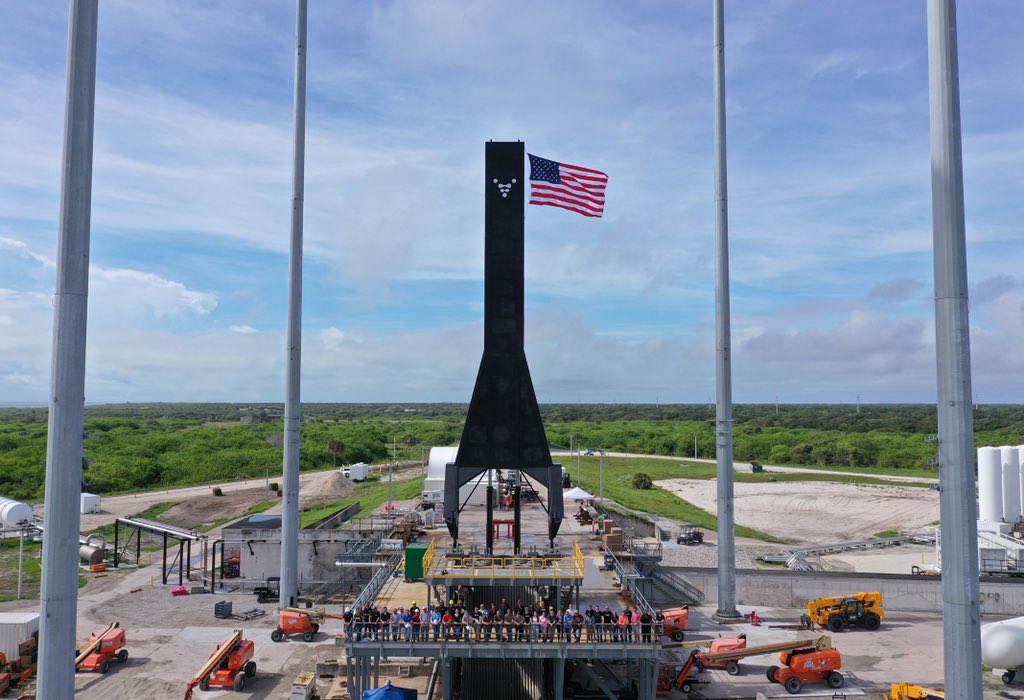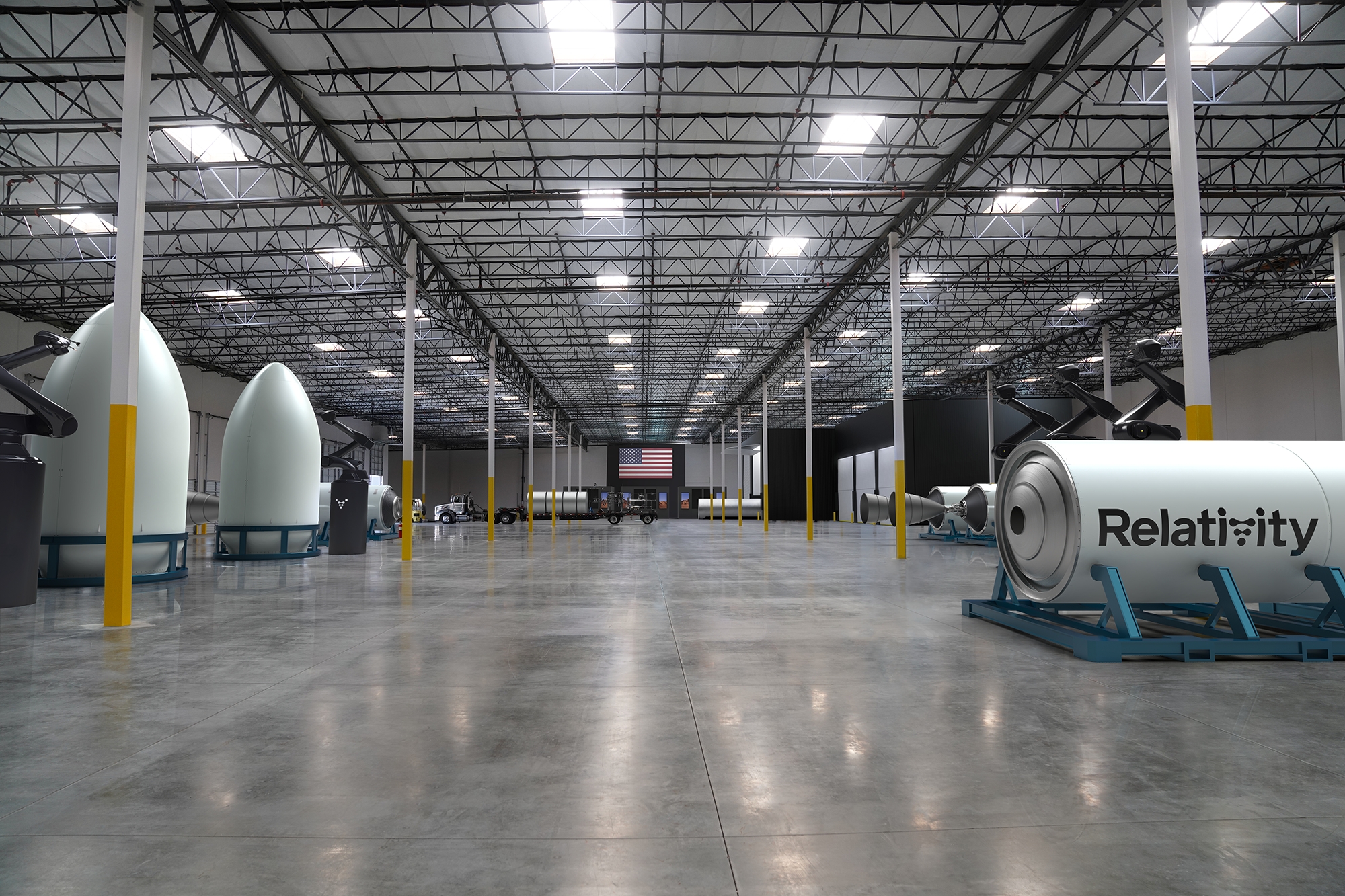
What Are The Launch Operations Of Relativity Space’s Terran 1?
There is a lot of work that goes on behind the scenes of rocket development, manufacturing, launching, and more. Specifically, when launching a rocket you need to make sure everything is perfect. This includes not only the launch vehicle itself but the payload onboard, general dates, times, and much more. Relativity Space has outlined exactly what the launch operations of their Terran 1 launch vehicle look like.
The Terran 1 is a launch vehicle currently in development by Relativity Space that is hoping for a first test flight later this year. The launch operations of this vehicle are paramount to its success and mainly consist of payload processing, launch control, launch procedures, and more. All of which combine to ensure the launch is not only a success, but the overall mission at hand is as well.
With so much time and money going into a single launch, there is practically no room for error. In addition, factors such as the size of a rocket can make what seems like simple tasks much more difficult, time-consuming, and costly. This is part of the reason why different companies and agencies within the space industry do everything in their power to outline and prepare for the launch of different rockets.
Terran 1 Launch Operations

The launch operations primarily consist of the general overview and schedule of any given launch and mission. Here the company or agency highlights different key factors including processing the payload, countdown to launch, and many additional checks in place to ensure a smooth and successful mission. In Relativity Space’s case, their launch vehicle systems and operations are designed for a typical launch campaign duration of 30 days from customer hardware ingress into the airlock to launch. This information is also vital to customers looking for a launch service for their payload. Here I will go more in-depth into the specific operations within this and why each plays such an important role in the future launches of the company.
Payload Processing – The first main launch operation I want to highlight revolves around the payload. Specifically, payload processing starts with the delivery of the payload to the payload processing facility or PPF and includes final processing, standalone tests, along with encapsulation within the fairing and integrated testing and checkouts. Integration of payloads to the payload attach fitting occurs in the vertical orientation, followed by payload encapsulation and break over to horizontal to mate to Stage 2. Following mate of the payload to the launch vehicle, payload processing teams utilize Relativity-provided EGSE interfaces for power and data connections to the payload. After delivery of the payload, it moves to multiple different facilities and locations each with a specific purpose.
The first is a payload processing facility, then an integration hanger, and finally the launch site. We can first take a closer look at the payload processing facility. The environmentally controlled payload processing facility provides infrastructure and equipment for processing and encapsulating payloads in the Terran 1 payload module. It consists of a Class 100K clean room, dedicated power, and consumables. Relativity also provides 24/7 gate security, badge-access secured facilities, and 24/7 closed-circuit video facility monitoring while a customer’s personnel and/or equipment are present at payload processing and launch facilities. Floor space is available for customer ground support equipment and personnel. Customers must provide any electrical interfaces needed for customer ground support equipment to connect to facility power.
Launch Control – The next necessary aspect of any launch includes the brains behind the operation. Relativity’s main launch control center is located at its Long Beach, California, headquarters, with smaller, localized control centers at the launch sites. These consist of consoles that use standard desktop PCs and displays with custom graphical user interfaces, along with voice communication systems, including a digital matrix intercom system (voice-nets), voice over internet protocol (VoIP), and IP phones. Additional viewing monitors are positioned throughout the control rooms, with video and control provided over IP systems. Here they control the launch and keep track of a large number of metrics throughout the mission making sure everything goes according to plan.
Launch Procedures – The last key component of Relativity Space’s launch operations includes pad operations, countdown, and recycle and scrub. All of which play a role in the short period of time prior to launch or right as it’s about to happen. Looking at pad operations, approximately one week prior to launch, Relativity conducts a flight readiness review or FRR to verify readiness of the launch vehicle, integrated payload, and ground systems. Once verified, the integrated Terran launch vehicle rolls to the pad and connects to ground systems including payload/fairing conditioning, pressurants, propellants, and electrical and data connectivity. When ground support connections are complete, the transporter erector rotates the Terran launch vehicle to its vertical position on the pad. Relativity similar to many other companies has a very detailed and in-depth process to prepare the pad along with the launch vehicle. You then have the countdown which is more complicated than many understand.
The Terran launch vehicle and pad systems are designed to accommodate a one-hour countdown; longer countdowns may be coordinated as a nonstandard service. Critical functions for both ground systems and flight vehicle are controlled by automated software during the countdown. Propellant and pressurant loading sequences begin early in the countdown, along with a series of vehicle, telemetry, and range checkouts, with verification of AFSS, transmitter activation, and transitions from ground to internal power taking place during the final minutes of terminal count. While the majority of actions and checks happen towards the very end of the countdown, Relativity Space is preparing the rocket at the very start of the countdown as well. Finally, you have to consider a possible recycle or scrub.
The Terran launch vehicle systems and operations allow for recycle operations when viable, where baseline operations allow for a single recycle, allowing for two launch attempts within a four-hour launch window. In the event of a scrub, Relativity will secure the launch vehicle on the pad, while maintaining environmental control and power to the payload through the ground support umbilical. For long postponements, or if there is a need to access the payload, Relativity will bring the Terran launch vehicle to the horizontal position and roll back to the integration hangar once de-fueled. Once a scrub has happened you have to deal with often a rocket filled to the brim with propellant that was just about to launch. This process alone has many separate checks and systems in place to ensure the process is not only efficient but safe.
Conclusion
Before you can launch a rocket, there are a lot of steps you need to take. These work to ensure every part of the mission develops in a timely, cost-efficient, and effective way. The launch operations highlight specific checks and processes including payload processing, launch control, and launch procedures. All of which combine into a thorough prepping process. While Relativity Space is yet to launch its Terran 1 rocket, we can expect the first attempt later this year. Prior to the launch, the company will go through each of these launch operations to try and increase its chances of success. We will have to wait and see how the company develops and the impact it has on the space industry.
